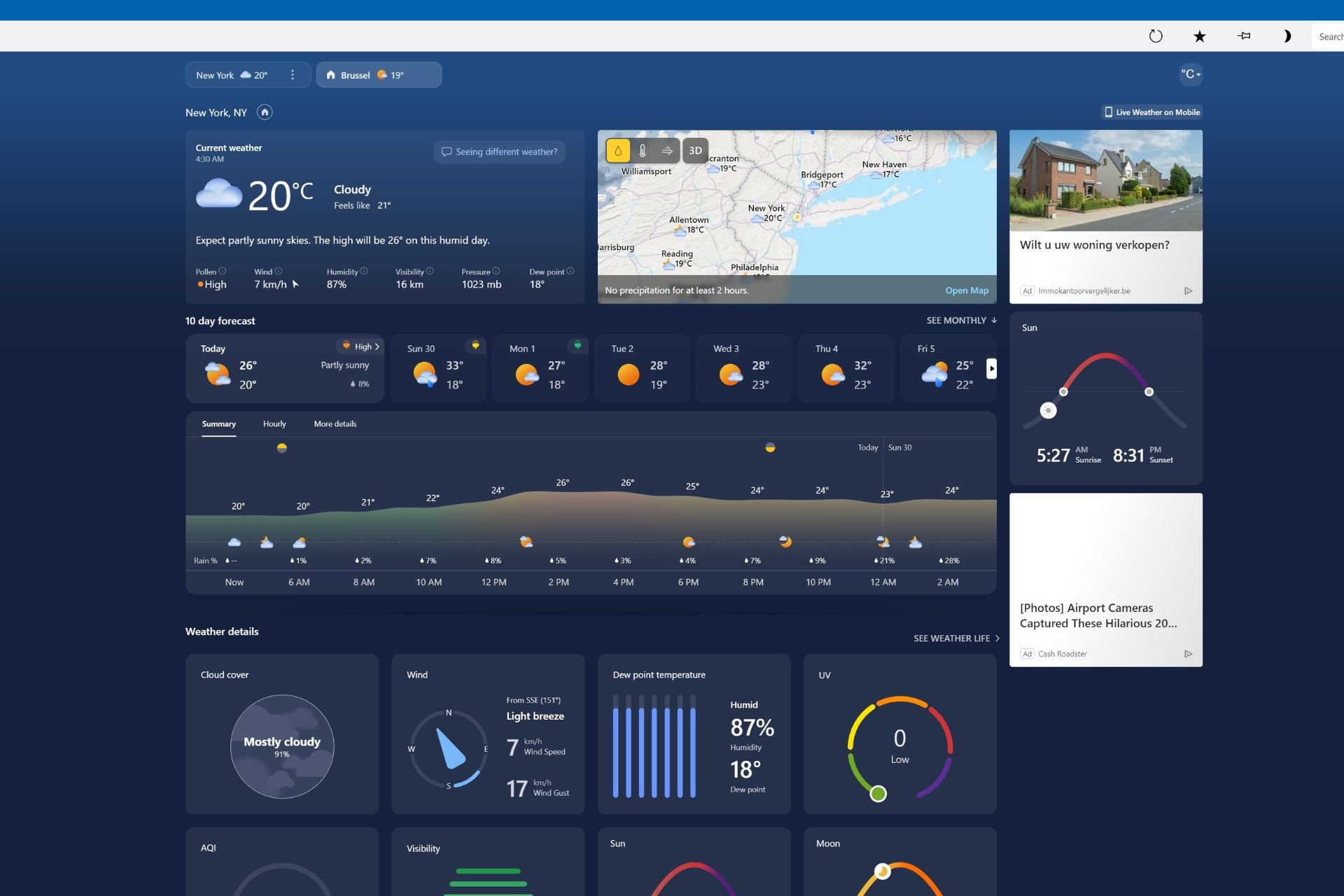Hackers might even use the unsubscribe button to attack your email
Spammy emails are the least of your concerns
2 min. read
Published on
Read our disclosure page to find out how can you help Windows Report sustain the editorial team Read more

Until now, the unsubscribe button was a great feature to prevent spammy emails and other types of unwanted content. However, threat actors found a way to use it to verify if your email address is correct. So, to avoid getting scammed by them, think twice before subscribing and unsubscribing.
You can use the unsubscribe option securely when you want to unsubscribe from authorized organizations. After all, the Federal Trade Commission forces them to comply with your subscription cancellation request within ten days.
What could hackers do after you click the unsubscribe button?
According to Joseph Steinberg, a cybersecurity expert, getting spammy emails should be one of your last concerns. Hackers can do much more after you select the unsubscribe button. For example, wrongdoers could infect your device with malware. In addition, they could use your personal information to improve their phishing campaigns. Also, they might attempt to perform identity theft.
The cybersecurity expert says that you should report spammy emails. After all, most platforms have that option. By doing that, you can improve the anti-spam engine and help it filter malicious emails.
To protect your sensitive information, consider changing your email provider. Some of them have better anti-spam filters. Additionally, use more than an email. For example, you can have one for newsletters, one for work, and a personal one for sensitive emails. Also, check the origin of the email before pressing the unsubscribe button to see if it is legitimate.
By the way, the anti-spam engines are not the best. So, Steinberg advises us not to trust any email that makes it into our inbox. However, if you want an extra layer of protection, consider getting an anti-malware. Also, don’t click the links in your email, verify for any misspellings, and use multi-factor authentication.
You can check the FTC guide on stopping junk emails, and while you are at it, check their article on phishing.
Ultimately, think twice before selecting the unsubscribe option, especially if you don’t remember or know the organization behind it. After all, hackers might trick you into pressing it even if you never subscribed in the first place.
What are your thoughts? Did you ever encounter spammy emails after unsubscribing? Let us know in the comments.








